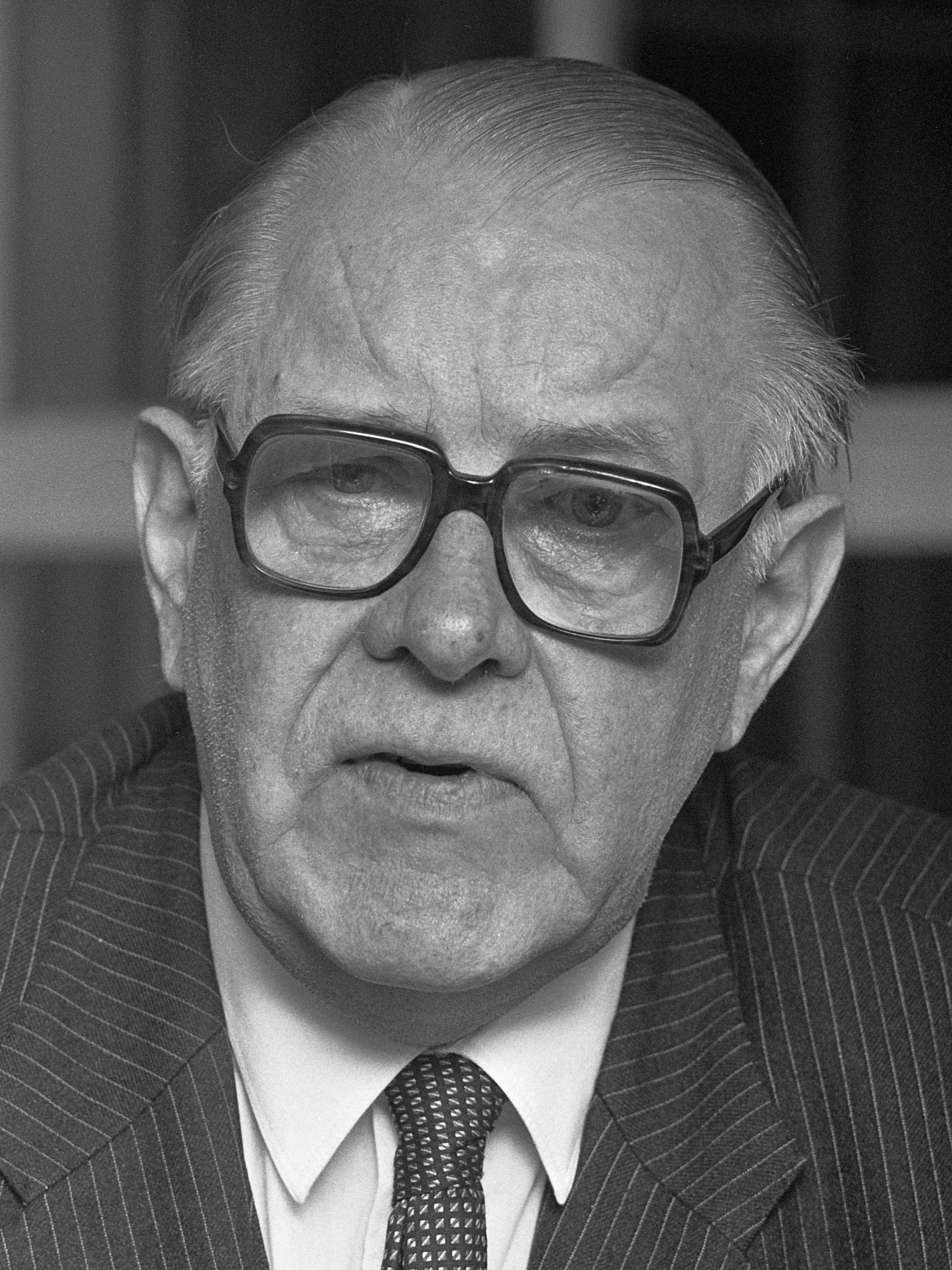Professor Jan Bastiaans and the Ibogaine Saga (1988–1993)
Professor Jan Bastiaans
A newly shared first-person account by Boaz Wachtel traces the formative years (1988–1993) of the modern ibogaine movement in the Netherlands and the role of Dutch psychiatrist Professor Jan Bastiaans—a pioneer in trauma treatment—alongside activists Howard and Norma Lotsof, Robert “Bob” Sisko, and Wachtel himself. The narrative charts ibogaine’s emergence from obscurity to intense medical and public scrutiny, its collision with controversy, and its evolving scientific reassessment decades later.
From “Stringer” discovery to a nascent movement
Origins: Ibogaine—an alkaloid from the West Central African Tabernanthe iboga, long used in Bwiti ritual—surged into Western awareness in 1962 when New Yorker Howard Lotsof, then a young heroin user, reported abrupt cessation of withdrawal and cravings after a single ibogaine experience.
Early circle (“The Group”): Lotsof and his spouse Norma, Bob Sisko (Robert Rand), and Boaz Wachtel collaborated across the U.S. and the Netherlands to collect case histories, engage researchers, and press regulators to study ibogaine’s anti-addictive potential.
Why Bastiaans mattered
Background: Professor Jan Bastiaans, renowned for treating WWII survivors’ trauma (the “KZ-syndrome”) with psychedelic-assisted psychotherapy (notably LSD), recognized early the depth of trauma among people with substance use disorders.
Entry into ibogaine work: Introduced via addiction researchers Charles Kaplan and the Rotterdam Junkiebond network, Bastiaans observed and later supervised a series of detoxification attempts in the Netherlands, lending clinical gravitas to otherwise grassroots efforts.
Hypothesis: Bastiaans intuited that ibogaine’s value might extend beyond blunting withdrawal and cravings to addressing underlying trauma, anticipating later frameworks (e.g., Gabor Maté’s trauma–addiction linkage).
Scientific sparks and institutional attention
Preclinical signals: Late-1980s animal studies (Kaplan and colleagues) indicated ibogaine could attenuate opioid withdrawal.
U.S. traction: By the early 1990s, these reports, plus scattered human case series, helped spur the U.S. National Institute on Drug Abuse to fund preclinical work and approve a Phase I dose-escalation protocol (University of Miami). Funding constraints halted that trial after one subject.
A tragedy—and its fallout
Fatal incident: During a Netherlands treatment effort, a young woman died; toxicology suggested recent heroin smoking and possible potentiation of opioid toxicity in temporal association with ibogaine.
Consequences: No criminal charges followed, but Professor Bastiaans—then 77—saw his medical license suspended over administrative issues tied to experimental treatment permissions. He died in 1997, embittered by professional censure.
Cautionary note: The account underscores safety risks (including QT-interval prolongation) and the dangers of unsupervised or ad hoc use—concerns echoed in later literature. (Current clinical protocols in some countries pair stringent screening and cardiac monitoring with magnesium mitigation strategies.)
Biology that intrigued clinicians
Distinct pharmacology: Unlike classic serotonergic psychedelics alone, ibogaine is described as interacting with multiple receptor systems and neurotrophic pathways (e.g., BDNF, GDNF, NGF), fueling hypotheses about neuroplasticity and addiction circuitry modulation.
Therapeutic framing: Some practitioners characterize ibogaine experiences as psychologically arduous but potentially reorganizing—aligning with Bastiaans’s focus on trauma processing and “liberation” from entrenched patterns.
Decades later: renewed scientific attention
Stanford/Nature Medicine (2024): A prospective observational study led by Nolan R. Williams reported large, sustained improvements in PTSD, depression, and anxiety among U.S. veterans with TBI following a magnesium–ibogaine protocol delivered in Mexico, alongside reductions in substance use. Imaging analyses suggested changes consistent with “younger” brain age on follow-up.
Interpretation: While not definitive clinical proof, findings revived interest in ibogaine’s potential trauma-related benefits—a line of thought Bastiaans had emphasized long before it was mainstream.
What this history contributes
A window into early, risky innovation: The account documents a bottom-up push—imperfect, controversial, and sometimes unsafe—that nonetheless helped seed formal research questions.
A complex legacy: Bastiaans’s ibogaine chapter mirrors his broader career: bold clinical intuition about trauma, pioneering use of psychedelic-assisted approaches, and intense professional blowback.
Present context: Any contemporary exploration of ibogaine remains bound by medical, legal, and ethical safeguards. The story highlights the importance of regulated, evidence-based research and rigorous clinical oversight, especially in populations at high risk.

